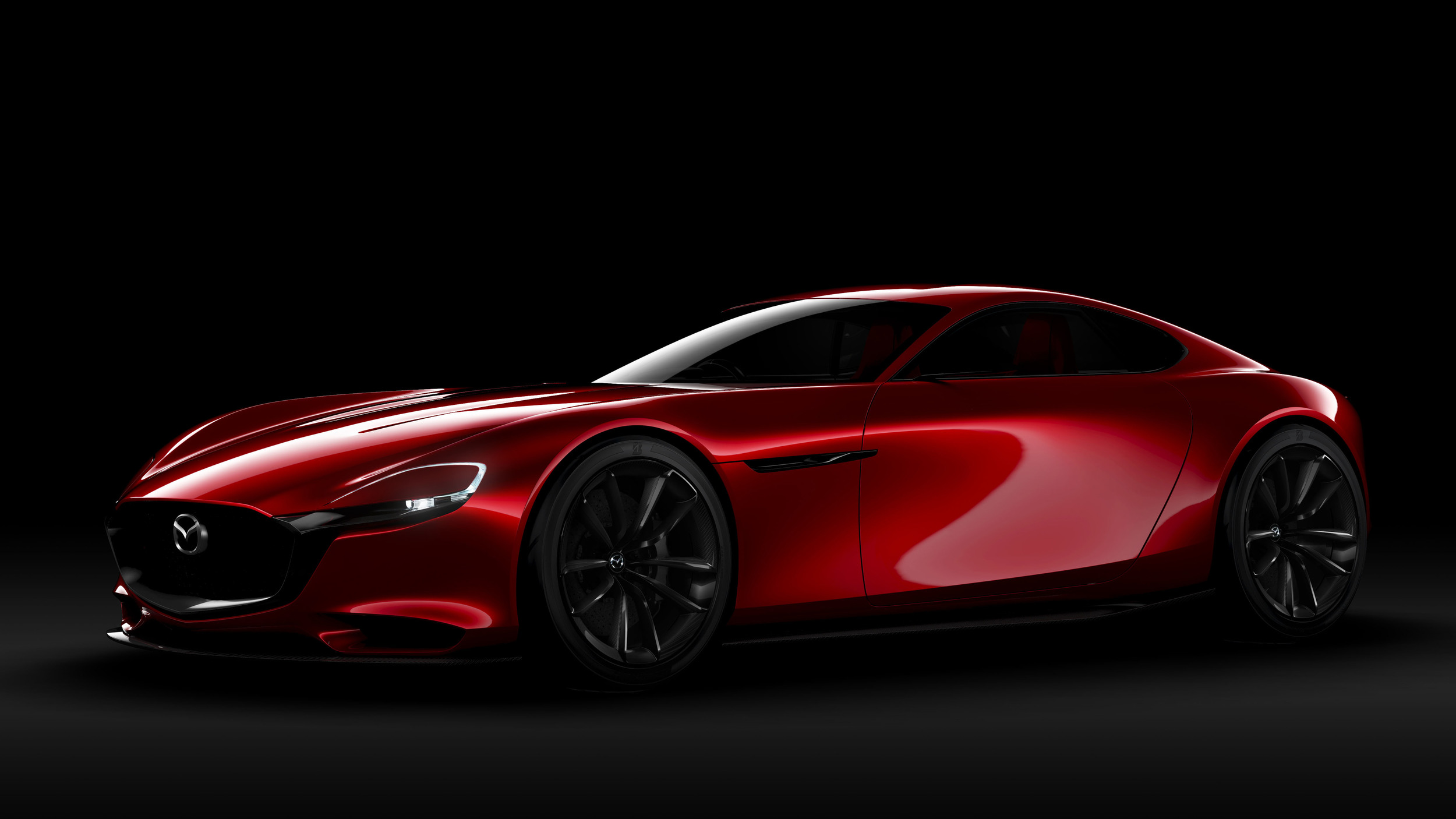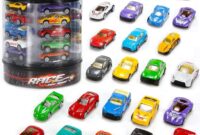Mazda Pickup Trucks: A Legacy of Durability and Versatility pickup.truckstrend.com
For decades, Mazda pickup trucks carved out a distinct niche in the automotive world, earning a reputation for reliability, ruggedness, and surprising versatility. Far from being mere utility vehicles, Mazda pickups, particularly the venerable B-Series and the more recent BT-50, became trusted companions for businesses, adventurers, and everyday drivers alike. This comprehensive guide delves into the rich history, key features, practical considerations, and enduring appeal of Mazda’s foray into the pickup truck market, offering insights for both enthusiasts and those new to their legacy.
A Glimpse into Mazda’s Pickup Heritage: The B-Series Era
Mazda Pickup Trucks: A Legacy of Durability and Versatility
Mazda’s journey in the pickup truck segment began in earnest with the introduction of the B-Series, a line of compact and mid-size trucks that would span multiple generations and leave an indelible mark. Originating in the 1960s, the B-Series quickly gained traction for its no-nonsense design, robust construction, and affordability. These trucks were built to work, whether hauling goods for a small business, navigating rough terrain for an outdoor enthusiast, or serving as a dependable daily driver.
Over the years, the B-Series evolved, with models like the B1600, B1800, B2000, B2200, B2500, and B2600 adapting to changing market demands and technological advancements. Each iteration brought improvements in power, comfort, and safety, yet consistently upheld the core Mazda values of durability and efficiency. The B-Series was particularly popular in markets where smaller, more fuel-efficient trucks were preferred, offering a compelling alternative to larger, full-size American pickups.
Key Models and Their Defining Characteristics
The Early B-Series (e.g., B1600, B1800): These foundational models established Mazda’s reputation. Known for their simple, robust mechanics, they were workhorses that could endure significant punishment. Their relatively small engines (1.6L, 1.8L) were economical, making them ideal for light commercial duties.
The B2000/B2200/B2600 (1980s-1990s): This period saw significant growth and refinement. The B2000 introduced a more modern design, while the B2200 and B2600 offered increased displacement and power. The B2600, in particular, stood out with its available 2.6-liter engine and, importantly, its four-wheel-drive (4WD) option, making it a capable off-roader and popular for recreational use. These generations often shared platforms and components with Ford Ranger models in North America due to a strategic partnership, leading to high parts availability and ease of maintenance.
The Final B-Series (1998-2009): The last generation of the B-Series, often referred to as the "Mazda B-Series" rather than a specific numerical designation in some markets, was essentially a rebadged Ford Ranger. While this meant a departure from Mazda’s independent pickup design, it ensured continued availability of a reliable, capable compact truck with Mazda badging, particularly in North America where the partnership was strongest.
The Modern Era: Mazda BT-50
As the B-Series phased out, Mazda introduced the BT-50 in 2006, signaling a shift towards a more global, mid-size pickup strategy. The first generation BT-50 (2006-2011) continued the Ford partnership, being based on the Ford Ranger (PJ/PK series). This allowed it to leverage Ford’s robust chassis and powertrain technology, offering increased size, payload capacity, and more powerful engine options, including common-rail diesel engines popular in international markets.

The second generation BT-50 (2011-2020) further evolved the design, moving to a distinct "Nagare" design language, making it one of the most aesthetically unique pickups on the market. It continued to share its platform with the Ford Ranger (T6 series) but featured a more car-like interior and a focus on ride comfort, appealing to a broader range of buyers seeking a versatile lifestyle vehicle as well as a work truck.
Most recently, the third generation BT-50 (from 2020 onwards) marked a significant shift in Mazda’s strategy. While still a rebadged product, it is now based on the highly acclaimed Isuzu D-Max. This partnership brings Isuzu’s legendary diesel engine reliability and robust chassis engineering to the BT-50, combined with Mazda’s refined interior design and premium touches. This latest iteration ensures Mazda’s presence in key pickup markets, particularly in Australia, Southeast Asia, and parts of Latin America, where pickups are a dominant vehicle segment.
Features, Performance, and Practicality
Mazda pickup trucks, across their generations, have consistently offered a compelling blend of features:
- Durability and Reliability: This is arguably their strongest selling point. Mazda’s engineering, even when shared with Ford or Isuzu, has contributed to trucks that withstand heavy use and accumulate high mileage.
- Versatile Powertrains: From economical four-cylinder gasoline engines in early B-Series models to powerful V6 options and torquey diesel engines in the BT-50, Mazda pickups have offered a range of choices to suit different needs and fuel preferences.
- Capable Drivetrains: Both 2WD and 4WD options have been available, with the 4WD models proving adept at off-road adventures, towing, and navigating challenging conditions.
- Comfort and Utility: While early models were spartan, later B-Series and especially the BT-50 generations saw significant improvements in interior comfort, technology, and safety features, making them more appealing as daily drivers. Cargo beds were designed for practicality, offering decent payload and towing capacities for their class.


Driving Experience: Driving a Mazda pickup often means experiencing a balance between utility and manageable size. Older B-Series trucks are known for their direct, if somewhat unrefined, driving feel – a true work truck experience. Newer BT-50 models offer a much more car-like ride, improved noise insulation, and modern driver-assistance systems, making them comfortable for long journeys.
Maintenance, Longevity, and Ownership Considerations
One of the reasons for the enduring popularity of Mazda pickups, especially the B-Series, is their relatively low cost of ownership and ease of maintenance.
- Parts Availability: Thanks to their widespread sales and shared components with Ford (for most B-Series and early BT-50s) and Isuzu (for the latest BT-50), parts are generally easy to find and often affordable.
- DIY Friendly: Many older models are straightforward to work on, making them ideal for owners who prefer to do their own maintenance.
- Common Issues: Like any vehicle, they have their quirks. Older B-Series models can be susceptible to rust, particularly in the frame and body panels, depending on climate. Regular rust prevention and inspection are crucial. Engine-specific issues are rare but can include timing belt/chain wear or minor electrical gremlins on higher mileage units.
- Buying Used: When considering a used Mazda pickup, prioritize inspecting the frame for rust, checking for signs of abuse (especially if it was a work truck), and verifying service history. Engine and transmission health are paramount. The reliability reputation means many units still run well even with high mileage.
Practical Advice for Prospective and Current Owners
- For Used Buyers (B-Series/Older BT-50):
- Inspect Thoroughly: Pay close attention to rust on the frame, suspension components, and body.
- Test Drive: Listen for unusual noises from the engine, transmission, and differential. Check 4WD engagement if applicable.
- Service History: A well-documented service history is a huge plus.
- Purpose: Match the truck’s condition and features to your intended use. A well-maintained older B-Series can still be a fantastic light hauler or weekend warrior.
- For Current Owners:
- Regular Maintenance: Adhere to the manufacturer’s recommended service intervals. Fluid changes, filter replacements, and spark plug checks are vital.
- Rust Prevention: If you live in a region with road salt or high humidity, consider undercoating and regular washing to prevent rust.
- Parts Sourcing: Leverage online forums and dedicated Mazda/Ford/Isuzu parts suppliers for hard-to-find components.
- Community: Join online communities dedicated to Mazda pickups. They are a wealth of knowledge for troubleshooting and modification ideas.
Price Table: Typical Used Mazda Pickup Truck Ranges (Estimates)
Please note: Prices are highly variable based on condition, mileage, specific year, trim level, engine type, drivetrain (2WD/4WD), and geographic location. These are rough estimates for the used market and do not reflect new vehicle pricing, as most Mazda pickups are no longer sold new (except the BT-50 in specific markets).
| Model | Production Years | Typical Used Price Range (USD) | Notes |
|---|---|---|---|
| Mazda B-Series | |||
| B1600/B1800/B2000 | 1970s-1980s | $1,500 – $6,000 | Simpler, older models. Condition varies wildly. Collectible examples can exceed this. |
| B2200/B2600 | 1980s-1990s | $2,000 – $8,000 | More common. 4WD models command higher prices. Shared parts with Ford Ranger. |
| B-Series (rebadged Ranger) | 1998-2009 | $3,000 – $12,000 | Dependable, common, good parts availability. Prices vary significantly with mileage and condition. |
| Mazda BT-50 | |||
| 1st Gen (Ford-based) | 2006-2011 | $7,000 – $18,000 | Often found with diesel engines in international markets. Good workhorse. |
| 2nd Gen (Ford-based) | 2011-2020 | $10,000 – $28,000 | More modern styling and features. Popular in Australia, Southeast Asia. |
| 3rd Gen (Isuzu-based) | 2020-Present | $25,000 – $55,000+ | Current model. Prices for used examples depend heavily on age and trim. New equivalent if available. |
Frequently Asked Questions (FAQ) About Mazda Pickup Trucks
Q1: Are Mazda pickup trucks still made?
A1: Yes, but with a nuance. Mazda no longer produces its own distinct pickup truck platform globally. The current Mazda BT-50, available in markets like Australia, Southeast Asia, and parts of Latin America, is a rebadged Isuzu D-Max. In North America and Europe, Mazda does not offer a pickup truck.
Q2: Which is the best Mazda pickup truck model?
A2: "Best" depends on your needs. For classic reliability and simplicity, a well-maintained B2600 (especially 4WD) from the late 80s/early 90s is highly regarded. For a more modern, comfortable, and capable mid-size truck, the Mazda BT-50 (particularly the latest Isuzu-based generation) offers excellent performance and features.
Q3: Are Mazda B-Series trucks reliable?
A3: Generally, yes, incredibly reliable. They are known for their robust engines and durable construction. Many B-Series trucks are still on the road with hundreds of thousands of miles, a testament to their longevity. Regular maintenance is key to their continued reliability.
Q4: What’s the relationship between Mazda B-Series and Ford Ranger?
A4: For several generations, particularly in North America, the Mazda B-Series was essentially a rebadged Ford Ranger. They shared platforms, engines, and many components. This partnership meant easy parts availability and simplified maintenance for owners of both brands.
Q5: Where can I find parts for older Mazda pickup trucks?
A5: Due to their shared platforms with Ford Ranger (for most B-Series and early BT-50 models) and Isuzu D-Max (for the latest BT-50), many parts are interchangeable and readily available at auto parts stores or Ford/Isuzu dealerships. For Mazda-specific trim or unique components, online marketplaces, specialty Mazda parts dealers, and junkyards are good resources. Online forums for Mazda B-Series and Ranger enthusiasts are also excellent places to find advice and parts leads.
Q6: Is the Mazda BT-50 a good truck for off-roading?
A6: Yes, especially the 4WD versions. Both the Ford-based and Isuzu-based BT-50 models are built on robust ladder frames with capable 4WD systems, good ground clearance, and strong engines, making them well-suited for off-road adventures and challenging terrain.
Conclusion
Mazda pickup trucks, from the humble B-Series workhorses to the sophisticated BT-50, represent a significant chapter in the brand’s history. They consistently delivered on the promise of durability, versatility, and value, earning the trust of countless owners worldwide. While Mazda’s strategy in the pickup segment has evolved, often leveraging partnerships to remain competitive, the core tenets of reliability and practicality have endured. Whether you’re a proud owner of a classic B-Series still hauling strong, or considering a modern BT-50 for work or adventure, Mazda’s pickup legacy stands as a testament to engineering quality and a deep understanding of what truck buyers truly need. They are more than just vehicles; they are enduring companions that continue to serve their owners faithfully, mile after reliable mile.



